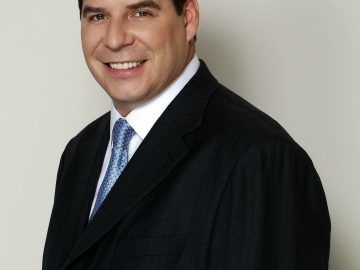We’ve all heard the phrase “no pain, no gain,” suggesting that only through relentless effort can we attain success in our fitness journeys. But here’s a revelation: some of the most pivotal moments in my own fitness story didn’t stem from the weights I lifted or the miles I ran. Instead, they emerged during the essential times when I chose to rest. Recovery is vital—not just for physical rejuvenation but also for mental clarity and emotional resilience.
When I first embarked on my fitness journey, I was all about high-intensity workouts, believing that grinding through every session was the key to progress. However, after a bout of burnout and overwhelming fatigue, I came to an important realization: allowing my body time to recuperate is just as crucial as the intensity of my training sessions. This understanding opened a door to a new approach—one where recovery became my secret weapon in achieving greater fitness success. Should you want to discover more about the subject, best power rack in Australia, to supplement your reading. Uncover worthwhile insights and fresh perspectives!
Types of Recovery: Exploring Our Options
For many people, the idea of recovery might bring to mind scenes of lounging on the couch with a snack in hand, but it extends far beyond that! Recovery can take multiple forms, and recognizing these differences can truly unlock your potential in fitness.
Incorporating a balanced mix of these recovery methods into my routine has dramatically diminished my injuries and enhanced my overall performance. By learning to tune into my body’s signals, I’ve forged deeper connections with fellow fitness enthusiasts who share their stories of recovery. We’re all on this journey together, supporting each other through the ups and downs!
The Emotional Impact of Taking Time Off
Choosing to rest isn’t solely about physical recuperation; it offers a precious opportunity for emotional growth as well. For too long, I mistakenly linked rest to laziness and felt guilty whenever I took time off. However, I’ve since learned that embracing recovery can actually revive our motivation and reignite our enthusiasm for fitness.
During one particularly grueling week, I powered through a series of intense workouts, convinced I was building my resilience. Yet, I quickly found myself hitting a wall—unmotivated and disheartened. Finally, I decided to take an entire week off to recharge my mental state. By the end of that week, not only was I refreshed with a new outlook, but I also found a rekindled passion for my workouts and even formed new friendships at the gym. Who knew that a well-deserved break could lead to such unexpected joy?
Building a Routine that Emphasizes Recovery
Crafting a fitness routine that prioritizes recovery has been a transformative change for me. Now, I design my workouts around a thoughtful schedule that includes rest days and dedicated recovery sessions. Here are some strategies that I’ve found to be incredibly effective:
Keep in mind that the fitness journey isn’t a sprint; it’s more of a marathon. Planning for recovery is akin to pacing yourself—guaranteeing not only that you cross the finish line but that you savor the surrounding scenic beauty along the way!
The Ripple Effect of Recovery on Relationships
As I’ve started to place more importance on recovery, I’ve also discovered its profound impact on my relationships. Being more rested and he said present allows me to engage in enjoyable activities with friends and family, rather than showing up as a weary, irritable version of myself. Whether it’s joining friends on a scenic hike or attending a yoga class together, my recovery journey has led to unforgettable experiences with those I love.
Sharing recovery strategies with my friends has become a delightful addition to my fitness routine. It’s amazing how often we lift each other up, encouraging a supportive atmosphere that nurtures genuine connections. I now value not just the workouts but also the quality time spent together beyond the treadmill, where laughter and camaraderie take center stage. Should you desire to know more about the topic, best power rack in Australia, to complement your study. Uncover worthwhile perspectives and fresh angles to enhance your comprehension.
Wrapping It Up: A Celebration of Balance
Recovery is not merely a pause from the grind; it’s an opportunity for personal growth, emotional healing, and strengthening relationships. By recognizing rest as a vital element of the fitness journey, we can evolve into stronger, more connected individuals. So, let’s raise a toast to the power of recovery and continue to uplift one another in the pursuit of our aspirations. Here’s to stronger bodies, deeper friendships, and the joy of finding balance!




